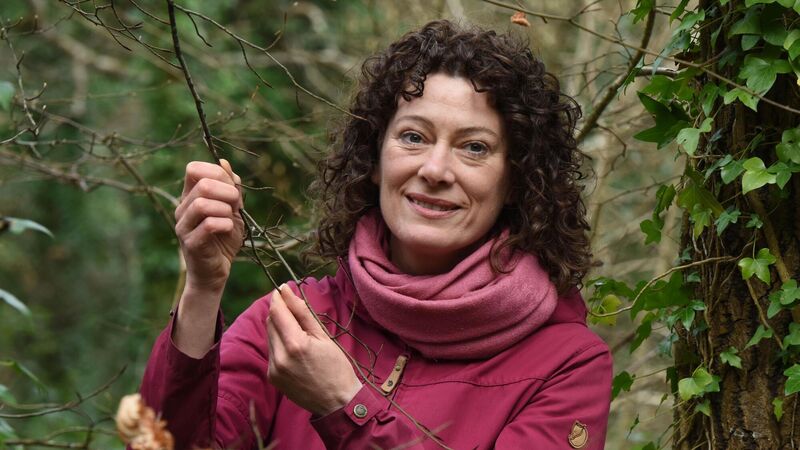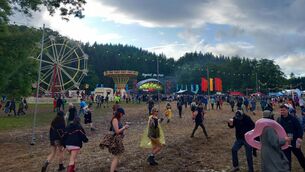Book extract: Revelling in the marvels and secrets of Ireland’s creatures

- Frog Routes, Polka-Dot Newts and Other Treasures of Irish Nature
- Anja Murray
- Gill Books, €22.99
BOOKS & MORE
Check out our Books Hub where you will find the latest news, reviews, features, opinions and analysis on all things books from the Irish Examiner's team of specialist writers, columnists and contributors.







